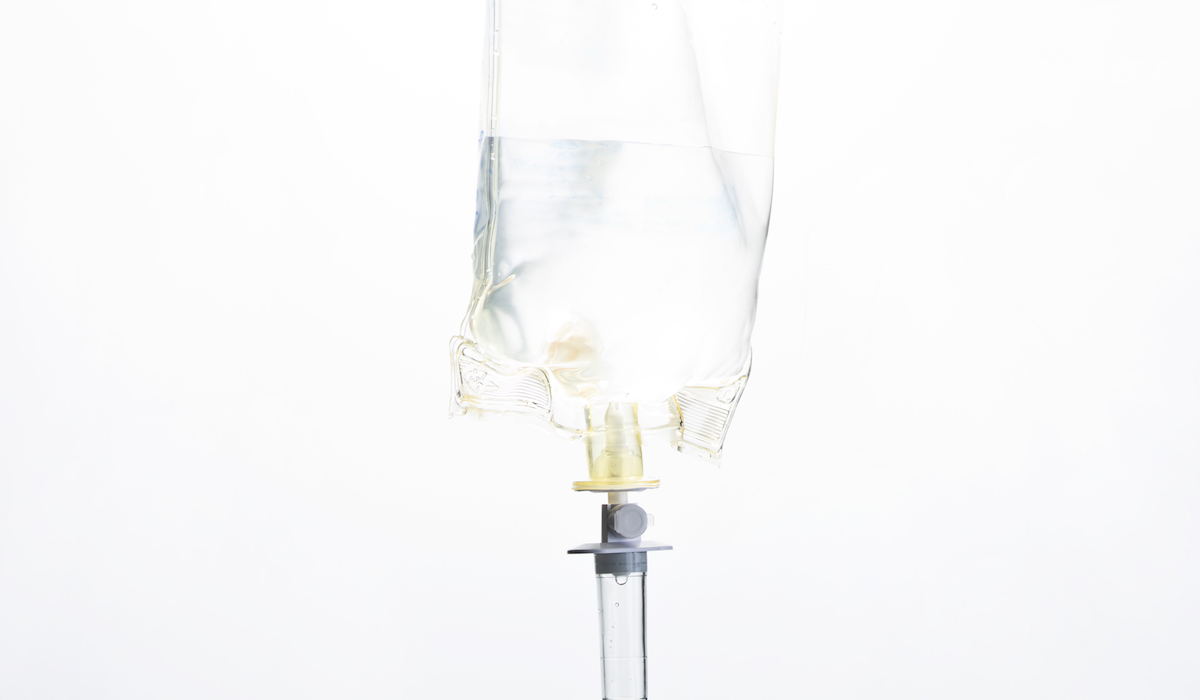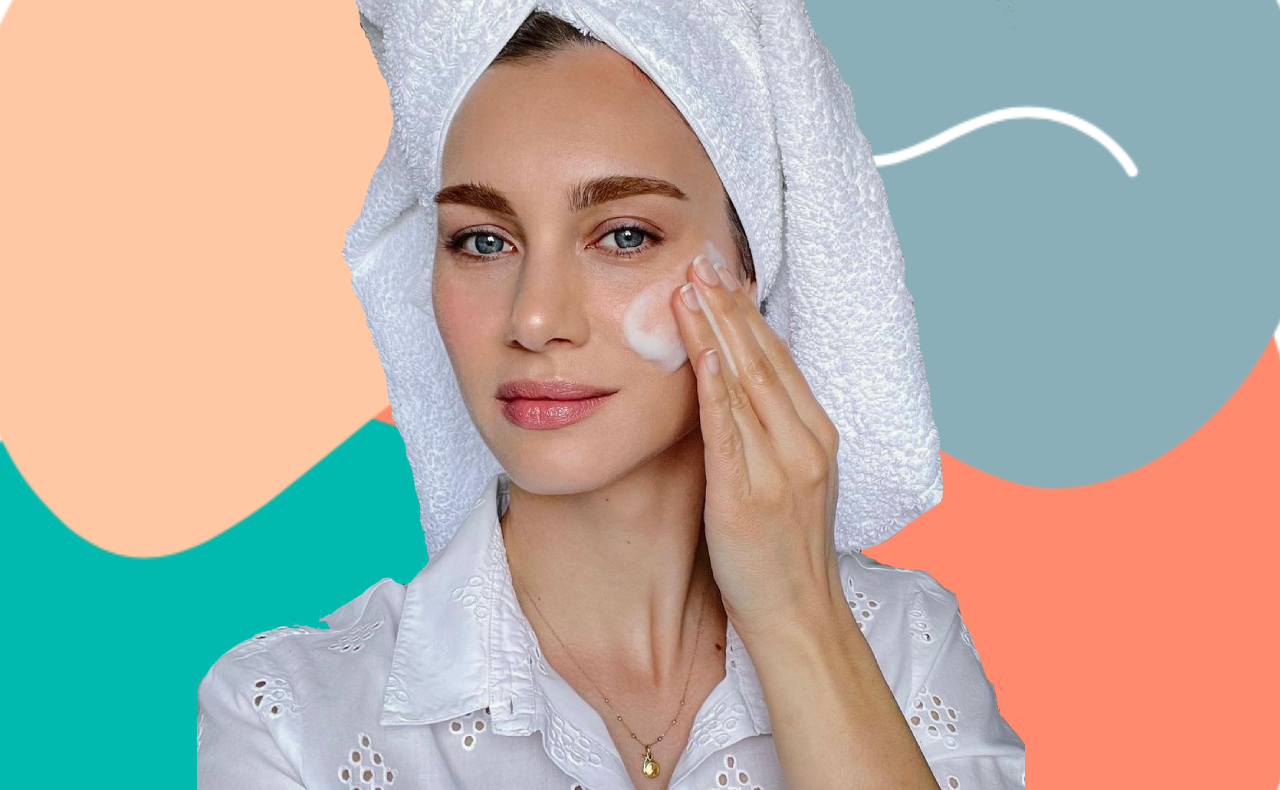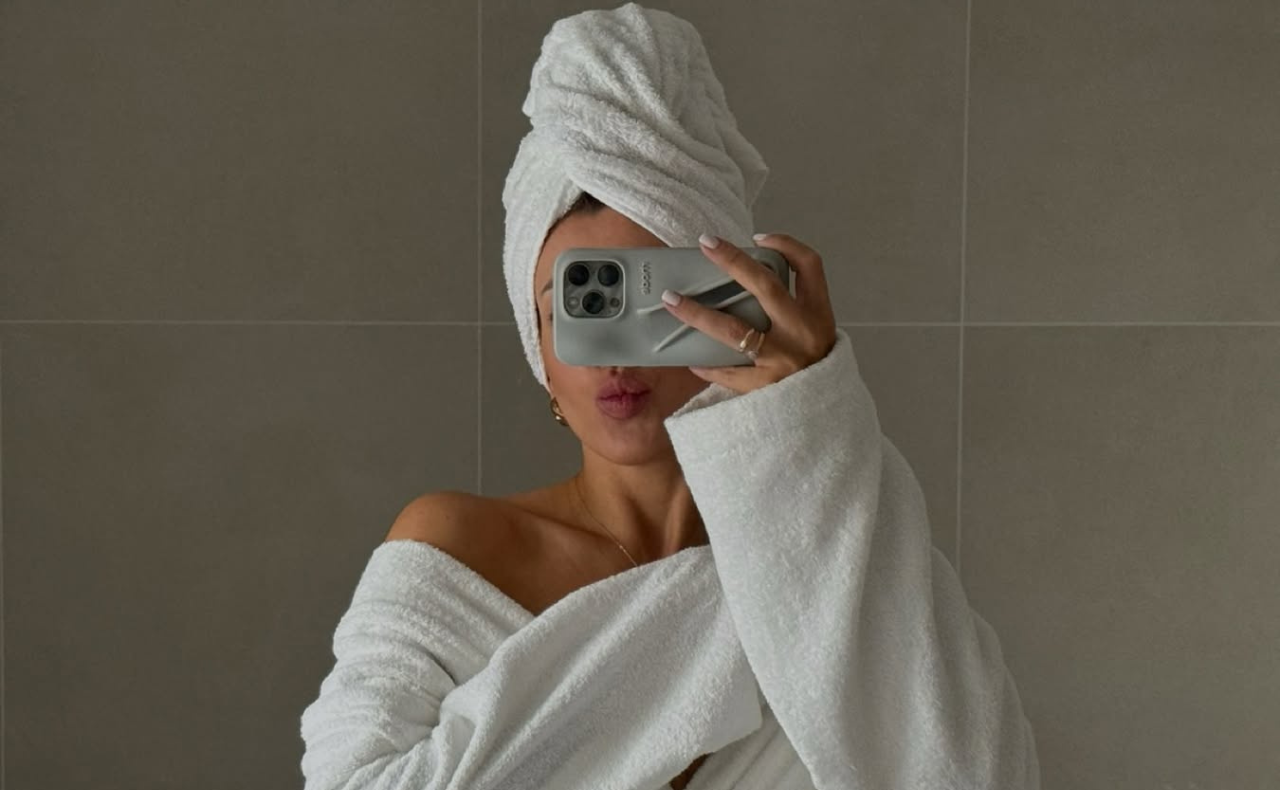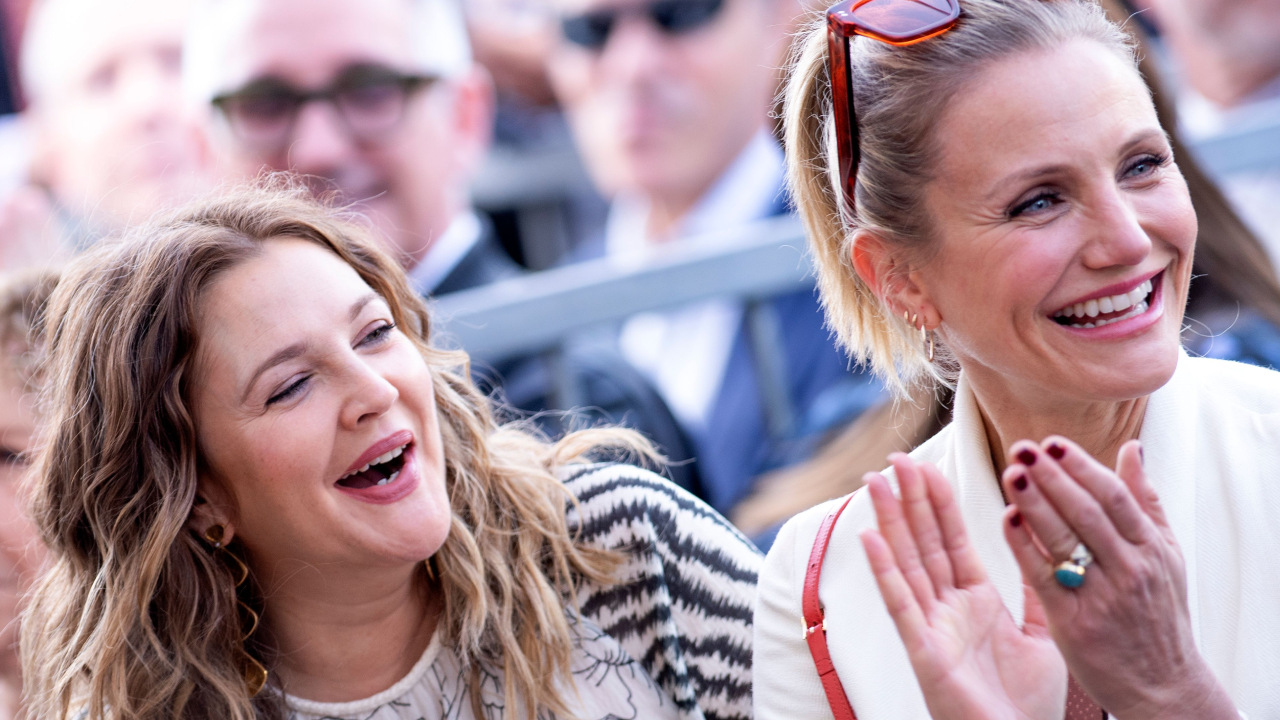There’s been a lot of hype about IV-vitamin therapy in the media lately, but is the highly publicised beauty and health fad worth the splurge?
As someone who’s interested in a more holistic approach to beauty, I couldn’t help but feel curious about the treatment – so I spoke to cosmetic nurse practitioner, Katherine Millar-Shannon, who is one of only three cosmetic nurse practitioners qualified to administer it at her Melbourne clinic, Duquessa.
After speaking to Katherine about the benefits of IV transfusions, I took the plunge and had one myself. Read on to find out what happened, including how it works and the possible beauty benefits…
RELATED: Spa and salon treatments celebrities love
What is IV nutrition therapy?
An IV-vitamin drip treatment is essentially a means of delivering a high dose of nutrients to the body. According to Katherine, the treatment can be tailored to “address a wide array of skin problems or concerns”, and enhance the effect of more traditional surface or topical treatments. The expert believes in “taking the holistic approach to caring for the skin”, which means addressing both inner and outer health “to get maximum results”.
While oral supplements can be beneficial to support our skin, Katherine explains IV therapy delivers nutrients directly to the bloodstream, bypassing the digestive system. Infusing the nutrients directly means the treatment can offer a more instant result, “with cells absorbing up to 90 per cent of the rich nutrients on offer,” the nurse explains.
For best results, Katherine recommends combining IV-vitamin therapy with a surface treatment such as Omnilux (an LED light skin rejuvenation treatment). Duquessa’s Vita-Lite treatment combines the two treatments, with the end goal being to generate results “which not only improve the skin’s appearance, but genuinely make clients feel better” as well.
RELATED: What you need to know about supplements and your body
What sorts of nutrients can be delivered via an IV-vitamin drip?
In Katherine’s view, the best thing about IV nutrition therapy is that “it can be completely tailored to the individual, depending on their areas of concern and desired finish.” Doses can be adjusted to include higher or lower concentrations of nutrients, while boosters such as vitamin B12, zinc, alpha lipoic acid, glutathione and magnesium can also be added to the solution.
In my case, Katherine opted for a high dose of vitamin C or L-ascorbic acid, because of its “powerful effect on the skin”. According to the expert, the essential nutrient “helps support the skin’s collagen production [insert link to collagen feature], boosts skin cell rejuvenation and helps the skin to repair and hydrate itself.” When teamed with the Omnilux treatment, it works to “target the appearance of fine lines, treat acne and reduce the appearance of scarring, and assist in the healing of wounds.”
RELATED: Your skin issues, solved
What did the Vita-Lite treatment involve and how did it feel?
To experience the treatment for myself, I headed to the pop-up for Katherine’s Melbourne-based spa, Duquessa, at Sydney’s Shangri-La Hotel. After asking me some questions about my medical history and checking my blood pressure, Katherine positioned me on a bed with a warm heat pack underneath my arm, to help prepare the vein for the needle.
The IV was then inserted into my arm. As a type 1 diabetic, I am very used to having needles, so this part of the treatment didn’t phase me – but if I had had any reservations, I am confident Katherine would have put me at ease. The nurse was very attentive and took things slowly from start to finish.
After lying for a few minutes with the drip in my arm, I began to feel a bit sleepy. Katherine then placed a hairnet on my head and some goggles over my eyes to proceed with the Omnilux component of the treatment, while the drip worked its magic.
RELATED: The most fearful beauty phobias
How did it feel afterwards?
The Vita-Lite treatment went for about 20 minutes, after which I felt slightly whoozy (to be expected given I had nearly fallen asleep!). This is a medical grade treatment, so Katherine monitors clients for a short amount of time post-treatment. She encourages her clients to have a drink and a snack both before and after the treatment, and also to go to the bathroom before leaving.
In the hours and days that followed the treatment, I didn’t notice a significant change in the appearance of my skin, but this was probably because it was already in fairly good condition. It’s also important to note that for optimum results, Katherine recommends a course of three to six treatments, plus either monthly or quarterly top-ups. Her practice consults with each patient on an individual basis, “to determine their individual skin concerns/needs and work with them on a plan that is both effective and manageable.” I did notice a slight improvement in my energy levels, which was a bonus.
RELATED: All you need to know about Fraxel
Who can have the treatment?
The vitamin C drip is suitable for a wide range of people, “particularly those who are feeling run down, have a lower immunity or are suffering from skin conditions like acne and melasma,” Katherine says. As vitamin C can also help hydrate the skin, it’s also a good option for people experiencing skin dryness relating to factors such as a change in environment/weather, or overseas travel.
While the Duquessa team consult with every patient individually to determine if IV nutrition therapy is suitable for them, the clinic doesn’t offer the treatment to women who are pregnant or breastfeeding.
RELATED: Mum and bub manual
Any more advice?
As mentioned above, IV nutrition therapy is a medical grade treatment, which means it should be administered by a qualified professional. According to Katherine, “Your practitioner should be at minimum a registered nurse, as they are educated in how to administer the treatment and also identify any problems or address side effects that a patient may experience.” As a cosmetic nurse practitioner, Katherine is qualified to consult, prescribe and inject her patients, offering a full duty of care.
Finally, the expert stresses clients should view IV nutrition therapy as one of several support tools to treat the skin, rather than a stand-alone solution. As Katherine says, “A healthy diet, exercise, good skin care regimen and good level of water consumption are all key to keeping our skin looking and feeling its best!”
Were you interested to learn about IV nutrition therapy? What is your greatest skin care concern?




